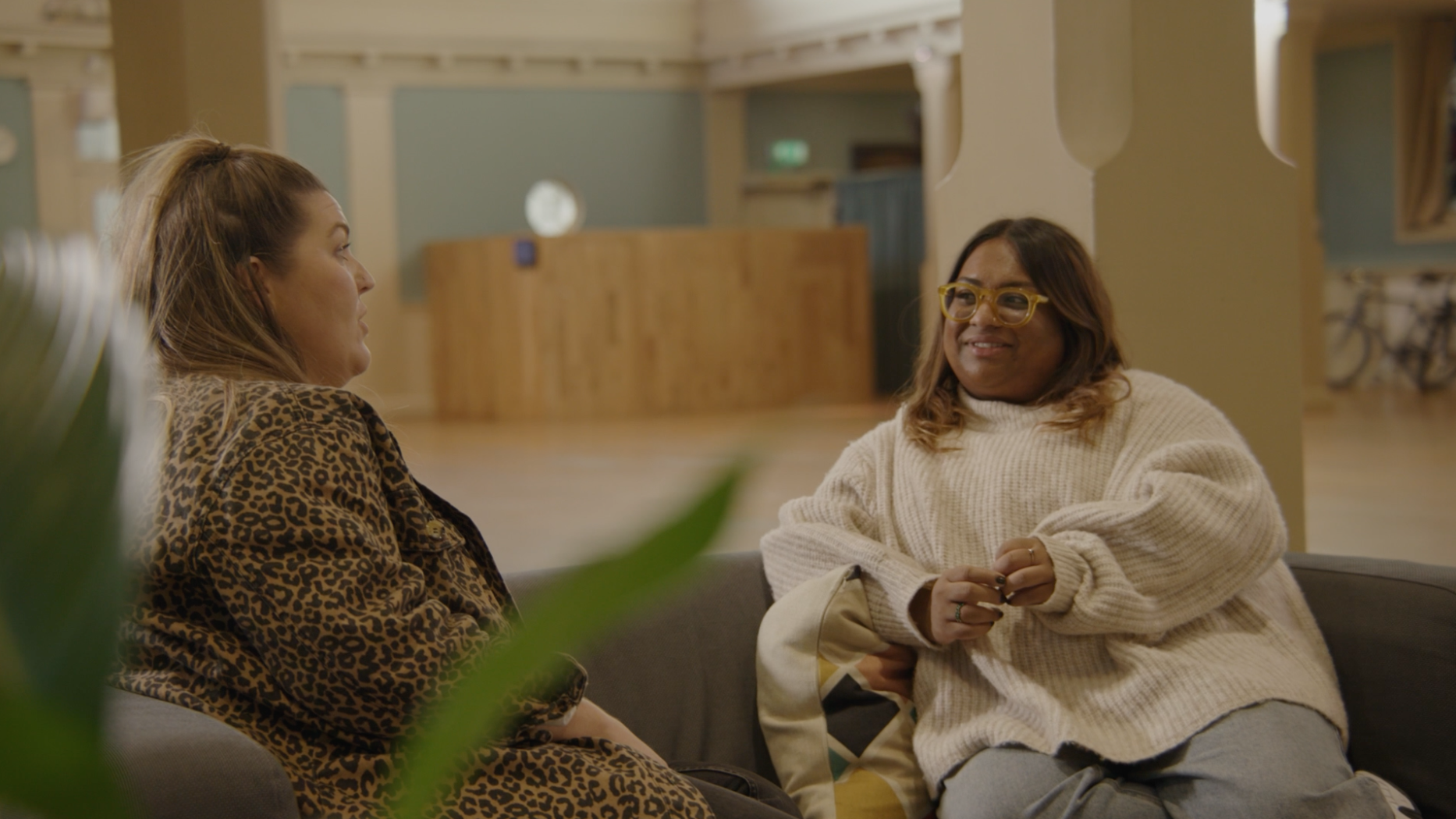
Why is singleness on the rise?
Why is singleness on the rise?
40% of adults in Great Britain are single (unmarried and not cohabiting). This is higher than it used to be. Why are there so many more single people?
People couple up as much as ever
The combination of marriage and cohabitation (living together as married) is close to the all-time high of married rates in 20th Century. There is no lessening of the rates at which people get into partnership at some point in their lives.
Then what has changed to give such a big change in the shape of society where there are many more single people? The answer lies in three different areas:
people couple up later in their lives
they couple up for less time
they live longer, with more opportunity for separations and partnering up again.
People couple up later in life
There has been a steady and continuing delayed start to partnership (either marriage or cohabitation). The main reasons are greater educational participation rates, the need for acquisition of higher level qualifications, the difficulty of coordinating two careers, and uncertainties of personal finance.
Although most marriages are from previously cohabiting couples, living together is starting later as well as the average age of first marriage. Marriage without first living together is now as unusual as premarital cohabitation was in the 1970s. Indeed 80% of all Under 50 year old marriages are among those who had previously lived together.
People spend less time as a couple
There is a steady increase in the likelihood of partners separating with consequent periods of singleness between partnerships.
42% of all marriages are estimated to end eventually in divorce, while 34% of marriages are expected to end in divorce by the 20th wedding anniversary (and 6% being widowed by 20th wedding anniversary). The chance of divorce is greatest between the 4th and 8th wedding anniversaries - although this is lessening, the probable reason given is prior cohabitation reducing the number of potentially weak marriages.
Whereas previously living together before marriage appeared to increase the risk of later divorce, this effect is rapidly lessening and is close to zero as prior cohabitation becomes more usual.
People live longer
We are living longer. The means that divorce, marriage and cohabitation are all on the increase in the 65+ age group. Rather than death ending partnerships, it is much more common now that 65+ year olds are divorcing and, often, cohabiting (possibly to protect assets).
This means that there are periods of singleness between partnerships, adding again to the overall number of single people in society.
Interesting, with the high rate of re-partnering after separation, and the narrowing of the life expectancy between genders, the means that by 2024 it is projected that there will actually be more partnered than unpartnered in the 65+s, changing a previous long-term pattern of long and high numbers of widowhood. However the periods of divorce between marriages or cohabitations contributes to the overall numbers of those who are unpartnered.
More are unpartnered at all ages then previously
These three factors combine to mean that there are more people at any age point who are single than previously.
The most numerous singles people are younger adults before they form their first partnership. However, the fastest growing age group is among the 50 - 64 year olds. This does not seem to be because many are divorcing and not immediately re-partnering (which is what is happening among the 65+’s), but because those who had never married are choosing not to form partnerships at this age.
The median age for single people - the age at which there are half the number below it and half the number above it is around 37.5. Roughly rounding, half the single people in GB are over 40 years old.



